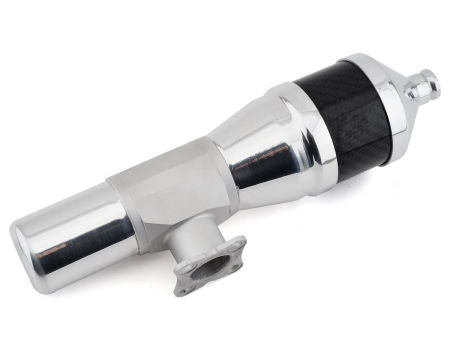A wide range of accessories
A wide range of accessories for drones is available online
In case you’re searching for drone accessories, you’ll see that you get assaulted with a huge load of choices of accessories for drones to browse, some of which are futile for many people.
In this article, I’ll rank them by significance from my experience following quite a while of flying robots.
It’s truly difficult to tell which are the best robot frill if you don’t have any experience directly with them; that is the reason I’ll focus on the ones that give the most change in your general flight and realistic outcomes and less on the ones that are simply contrivances.
We will focus on generally on camera rambles for any semblance of DJI, Eachine, Hubsan, Parrot, and so on and less on FPV drones, as that is a different classification through and through.
ND channels affect the end-product of what a camera drone is made for, taking recordings and photographs.
What are ND channels?
ND channels are fundamentally a couple of shades for your quadcopter, a little somewhat obscure focal point that you put over the principal camera of your robot.
What is the job of ND channels in a robot?
ND channel’s fundamental capacity is to hinder a portion of the light that gets into the camera. For what reason would you need to do that?
For a couple of reasons, such as forestalling glare and eliminating strange sun reflections, the most significant of everything is by a long shot keeping up with the 180 screen rule in cinematography.
What is the 180-degree screen rule?
This clarification probably won’t be sufficient on the off chance that you don’t have the foggiest idea about the fundamentals of cameras, yet here’s my shot at clarifying it:
As you likely know, each camera has screen speed, which implies how quickly the robot camera fundamentally squints to give light access. It’s deliberate on schedule (how long it keeps its eyes opened before every other flicker).
The number is typically tiny, something like 1/120 or 1/80 (a second separated by 80).
There’s an additional outline rate, which, as you most likely are aware, implies the number of edges each subsequent you shoot in.
Here’s the place where the 180-degree screen rule comes in.
If the shade speed is excessively low ( a tiny number like 1/600), it implies the robot is squinting super quick (in layman’s terms), and the recording will wind up jumpy and not realistic by any means.
Furthermore, here is the place where ND channels step in as the best embellishment for a robot.
On the off chance that you attempt to coordinate with the 180-degree rule on a radiant day, you’ll discover that the picture will be enormously overexposed and that the ISO can’t be lower than 200, suppose.
So the main way for any camera to appropriately uncover the picture is to change the shade speed significantly. You’ll wind up with a jumpy film that is excessively sharp and not true to life by any means.
If you apply an appropriate ND channel on top of the robot, it will hinder that light to a relating level so you can keep the 180-degree screen rule and your recording rich and smooth.
ND channels can likewise accompany spellbound focal points, so it adds one more layer of demonstrable skill. Lipo charger RC helicopters imply it will eliminate odd reflections from glasses, vehicle windows, and water.





